I have 3 interesting choices, but I don't know which is the best dither for them.
1. Bala Sharks
2. Tinfoil Barbs
3. Silver Dollars.
1. Bala Sharks
2. Tinfoil Barbs
3. Silver Dollars.
Depends on circumstances.I have 3 interesting choices, but I don't know which is the best dither for them.
1. Bala Sharks
2. Tinfoil Barbs
3. Silver Dollars.
Yes, I do have plants, but I won't mind if they eat some. I don't keep fish in tank, but pond, metres width, 6 metres length and 1 metres depths, around 4,755 UK gallons. I'm keeping both South and Central American Cichlids.Depends on circumstances.
Do you have plants you want to keep?
Size of tank?
South American or Central?
I'm planning on getting spotted silver dollarsIf you don't care of plant eating silvers are nice. But don't just get a couple. They like to be in big groups. If you go with smaller type like stripped or spotted go with 25 to 30. If you go bigger type such as Red hooks go with 15ish or so. To few in numbers and they don't do the dither effect we want. They spread out and hide. They need the numbers to feel safe. Many eyes are better than few.
I have not had Bala's or Tinfoils so will let someone who has comment on them.
All I can say is the bigger the group the better. I started with 6 and they spread out and didn't dither much. Added more till 15 and that's when they would actually do what we need them for. Swimming around in mass. Also make sure they are bigger than the mouths of the cichlids in question. My Oscar nearly ate this guy but he was just big enough not to be a treat.I'm planning on getting spotted silver dollars
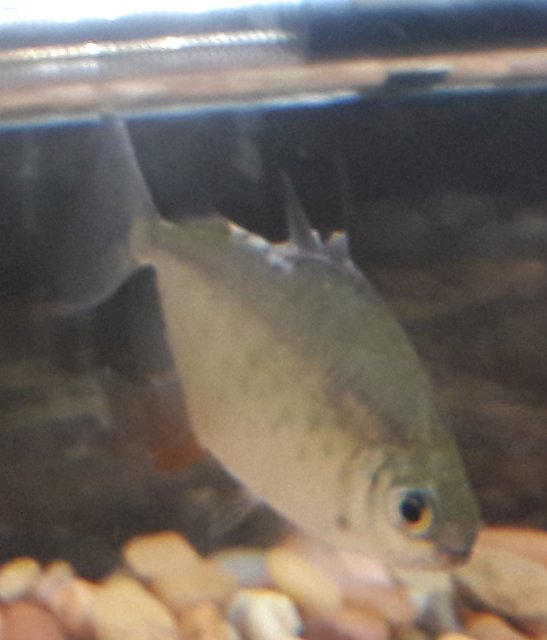
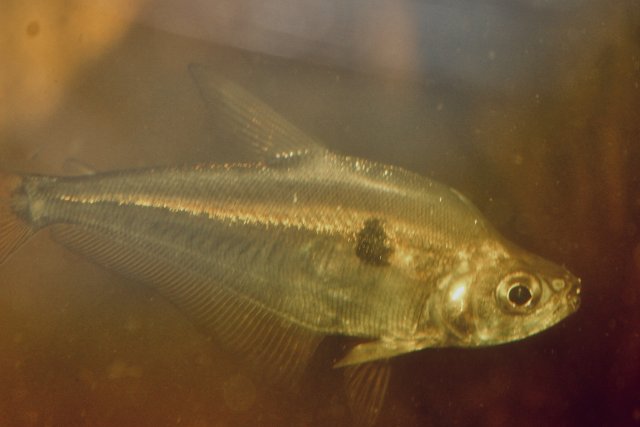
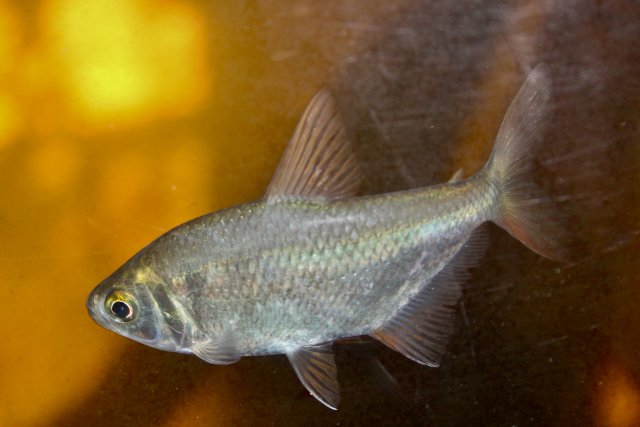
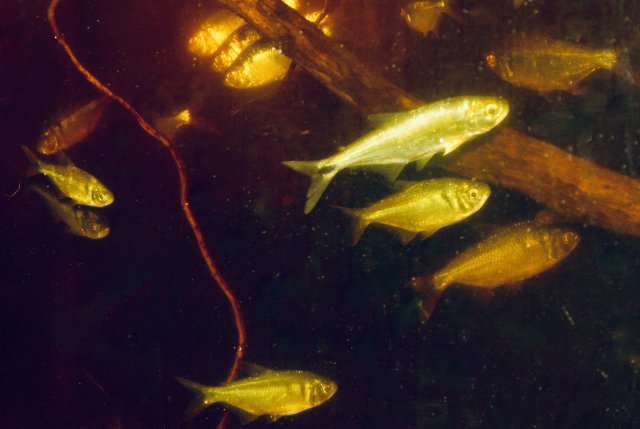
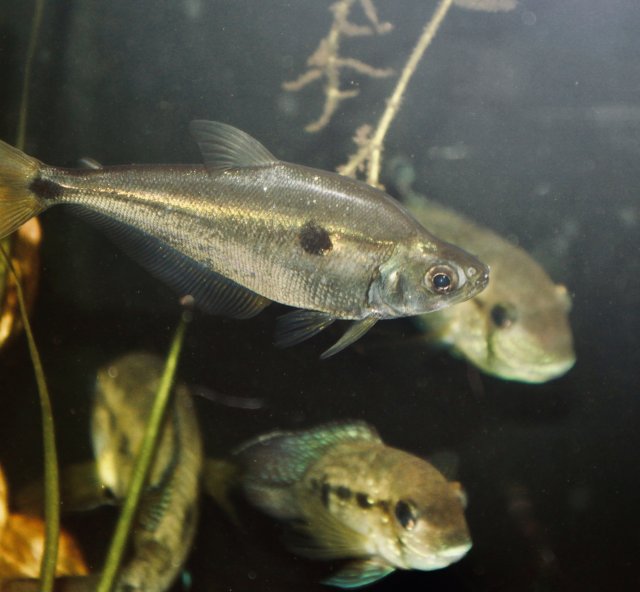
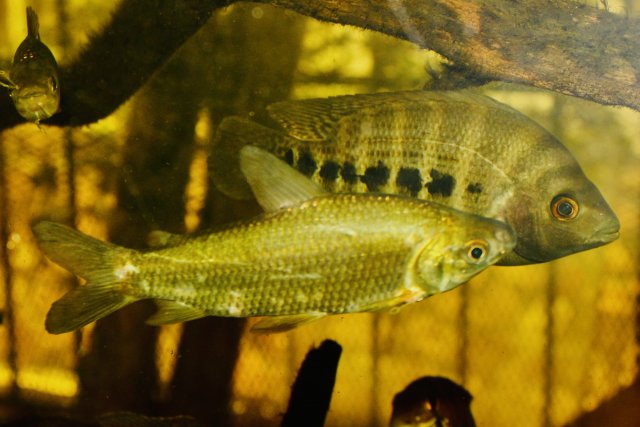
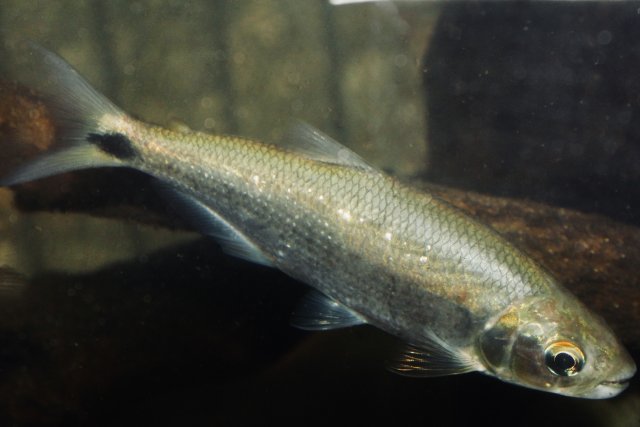
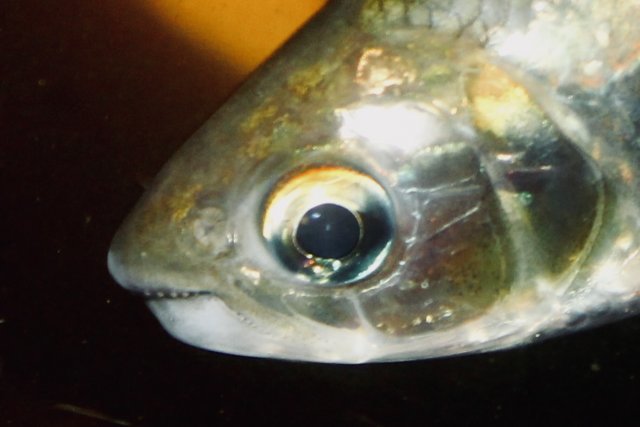
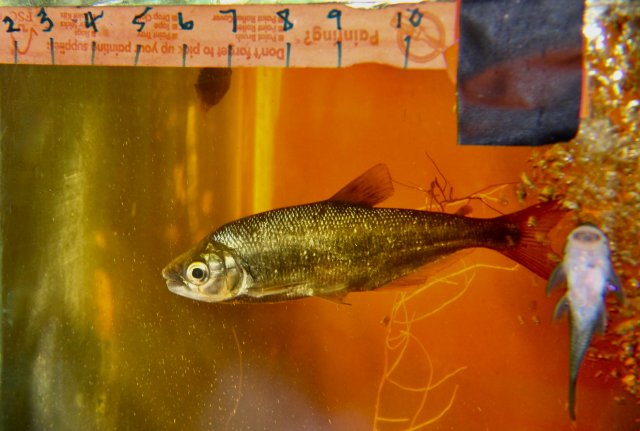
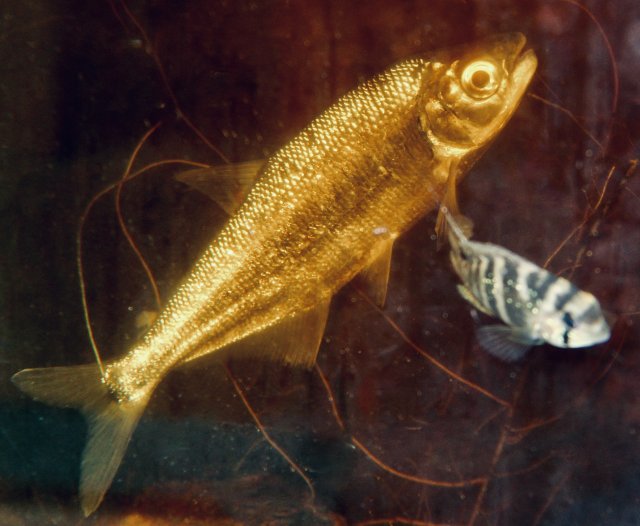
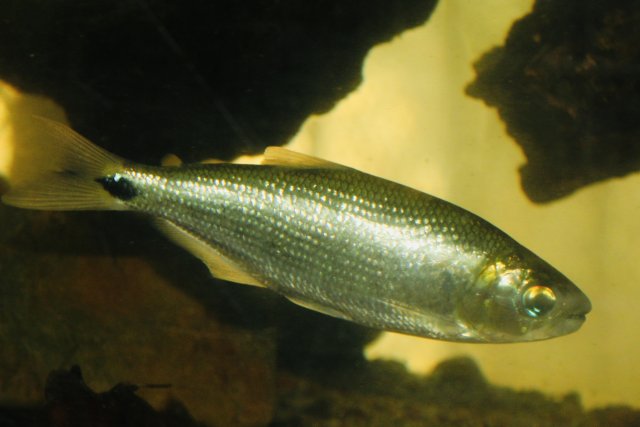
I really respect and admire you, you're very knowledgeable! Also thanks for the info!Being anal about geographic correctness, because bala sharks, and tinfoil barbs are Asian species, and also get quite large enough to compromise water quality, this leaves them out as proper biotope companions for Central and South American cichlids in my book.
And as they age, really don't act as dithering species anyway.
I agree with SDs as poper companions for soft water, low pH Amazonian types, but there are also dozens of other interesting Characins that also fit that bill, depending on size appropriatness.
For Central Americans however, that exist in higher pH, hard water parameter conditions, that list seems more narrow, but......not totally geographically limited.
Tetras of the genus Astyanax, and Roeboides work well if the Central American are not too large., and act as ditherers quite well.
View attachment 1550742View attachment 1550743View attachment 1550744View attachment 1550746
And.....If the cichlids are larger and non-predatory such as Vieja, or Cincelichthys, larger tetras may be called for such as those of the genus Brycon, or Curimatoids (Cyphocharax)
View attachment 1550748
View attachment 1550751View attachment 1550752View attachment 1550753View attachment 1550754
These may species of Characins be a bit harder to locate, but are geographically apropos for proper Central American biotopes.
But .....when if comes to large predatory species such as Parachromis, Nandopsis or the like, dither species are at best, temporrary snacking opprtunities.
View attachment 1550750
Also when it comes to parachromis and nandopsis, I have motaguensis, monaguense, dovii(possibly female), salvini, cuban, umbee and black nasty. They're living peacefully and minding their own business(atm).Being anal about geographic correctness, because bala sharks, and tinfoil barbs are Asian species, and also get quite large enough to compromise water quality, this leaves them out as proper biotope companions for Central and South American cichlids in my book.
And as they age, really don't act as dithering species anyway.
I agree with SDs as poper companions for soft water, low pH Amazonian types, but there are also dozens of other interesting Characins that also fit that bill, depending on size appropriatness.
For Central Americans however, that exist in higher pH, hard water parameter conditions, that list seems more narrow, but......not totally geographically limited.
Tetras of the genus Astyanax, and Roeboides work well if the Central American are not too large., and act as ditherers quite well.
View attachment 1550742View attachment 1550743View attachment 1550744View attachment 1550746
And.....If the cichlids are larger and non-predatory such as Vieja, or Cincelichthys, larger tetras may be called for such as those of the genus Brycon, or Curimatoids (Cyphocharax)
View attachment 1550748
View attachment 1550751View attachment 1550752View attachment 1550753View attachment 1550754
These may species of Characins be a bit harder to locate, but are geographically apropos for proper Central American biotopes.
But .....when if comes to large predatory species such as Parachromis, Nandopsis or the like, dither species are at best, temporrary snacking opprtunities.
View attachment 1550750
Also I do have 10 300 gallons tanks available in case something bad happens.Being anal about geographic correctness, because bala sharks, and tinfoil barbs are Asian species, and also get quite large enough to compromise water quality, this leaves them out as proper biotope companions for Central and South American cichlids in my book.
And as they age, really don't act as dithering species anyway.
I agree with SDs as poper companions for soft water, low pH Amazonian types, but there are also dozens of other interesting Characins that also fit that bill, depending on size appropriatness.
For Central Americans however, that exist in higher pH, hard water parameter conditions, that list seems more narrow, but......not totally geographically limited.
Tetras of the genus Astyanax, and Roeboides work well if the Central American are not too large., and act as ditherers quite well.
View attachment 1550742View attachment 1550743View attachment 1550744View attachment 1550746
And.....If the cichlids are larger and non-predatory such as Vieja, or Cincelichthys, larger tetras may be called for such as those of the genus Brycon, or Curimatoids (Cyphocharax)
View attachment 1550748
View attachment 1550751View attachment 1550752View attachment 1550753View attachment 1550754
These may species of Characins be a bit harder to locate, but are geographically apropos for proper Central American biotopes.
But .....when if comes to large predatory species such as Parachromis, Nandopsis or the like, dither species are at best, temporrary snacking opprtunities.
View attachment 1550750

